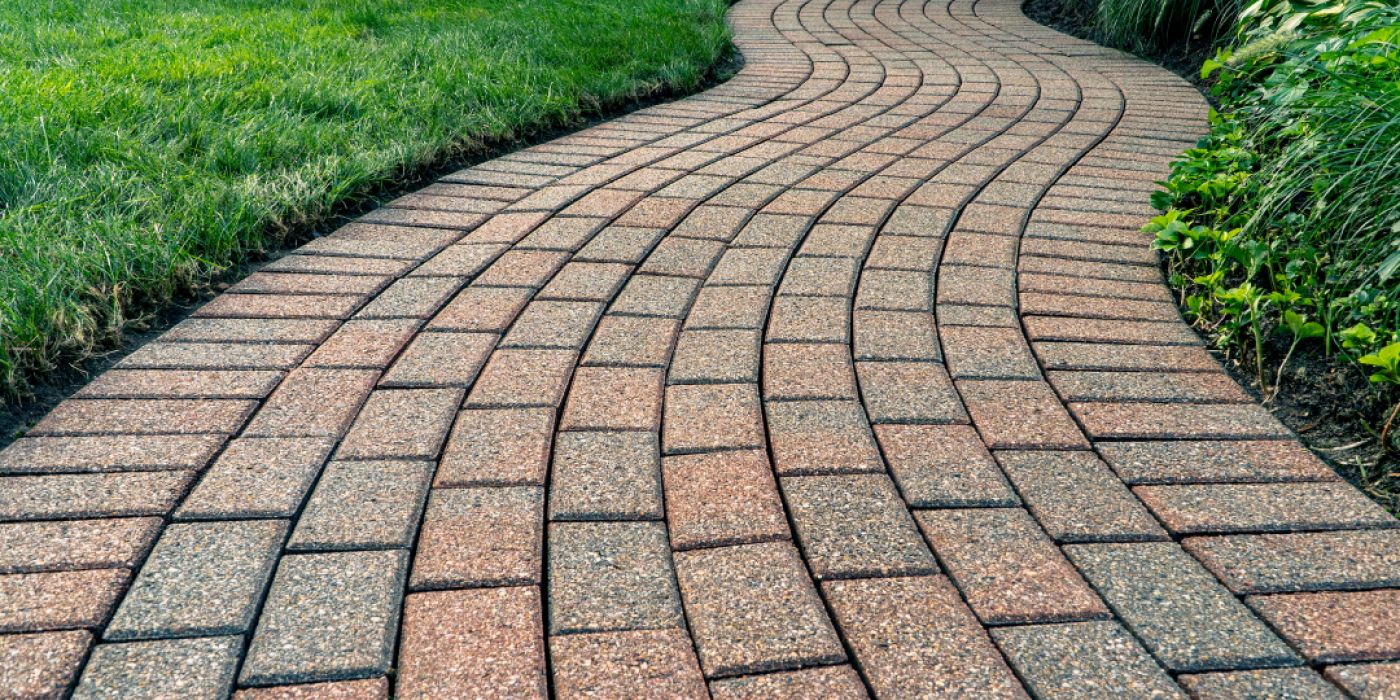What is Hardscaping and Why It’s Essential for a Stylish Outdoor Space

As a homeowner, you may have already given a lot of thought to your landscaping, which would mainly include your lawn and garden. However, this is only one aspect of a landscape. What about hardscaping? Hardscape refers to those parts of your yard that are constructed from brick, stone and other solid materials. Hardscaping options include pavers, pathways, wooden benches, brick patios, retaining walls – and many others. The benefits of hardscaping are numerous. Here, we will explaining exactly what hardscaping is and focus on some of the primary advantages of developing a good hardscape for your home.
What’s the Difference Between Hardscape and Landscape?
When most people use the term “landscaping,” they are referring to the plants, flowers, trees and grass that they plant in their yards. To be more precise, these aspects – the living components of your yard, should more accurately be described as the “softscape.” The other part of landscaping is what is referred to as the hardscape. This deals with hard. Permanent, non-living structures in your landscape, such as masonry, concrete, stones and wooden items. Your hardscape might include a concrete walkway or steps, a paver patio, retaining walls, or a wooden bench – or all of these things and more.
Benefits of Hardscaping in Your Outdoor Living
What makes hardscaping so important – and is it worth factoring into your home landscape?
A good landscape design should always include both hardscape and softscape elements. The two interact with each other on both a functional level and an aesthetic one. Hardscaping offers the following great benefits:
Low maintenance: Softscaping requires plenty of care and maintenance, and not everybody is a gardener! Hardscaping elements demand quite a lot in terms of installation, but once they are installed, their maintenance needs are fairly minimal. No water, mowing, pruning or trimming required.
Improved curb appeal: A lawn can be pretty eye-catching on its own, but put it together with a few hardscape features, and you will give your front yard an immediate boost in curb appeal.
Water and erosion management: Hardscaping can help to prevent erosion and improve your yard’s water drainage. Retaining walls, stone pathways and pavers can help to manage water runoff, and can direct excess moisture away from buildings.
Improved privacy: Brick and concrete walls and other features help to block the view into your property. A wooden trellis with vines growing on it will provide a natural-looking and eye-catching barrier to keep your home safe from prying eyes.
Increased accessibility: Hardscape features help to improve movement and accessibility around your property. A set of steps or a walkway can help you, your family and visitors move in, through, and around your garden, for example.
How to Incorporate Hardscaping Design Into Your Garden
There are numerous ways to incorporate hardscaping into your yard design. Depending on the size and shape of your yard, as well as your budget, taste, and materials you may have to hand. The most important question is: what do you want to do with your outdoor space? What is your vision for it? Once you can answer this question, you can start deciding what features will help you achieve the look and feel you want. It is always best to employ the help of landscape professionals to make sure that the final product meets your expectations. Speak to us at Fox Hollow Landscaping and Design, Inc. if you want to create the best possible landscape on your property.
Contact us today to find out more about what we can do, and how we can help you enjoy all the benefits of hardscaping in your outdoor space.
Filed Under: Outdoor living spaceTagged With: benefits of hardscaping, difference between hardscape and landscape, hardscaping design, what is hardscaping